Jackie Schiller
Contextual Feature Selection with Conditional Stochastic Gates
Dec 21, 2023
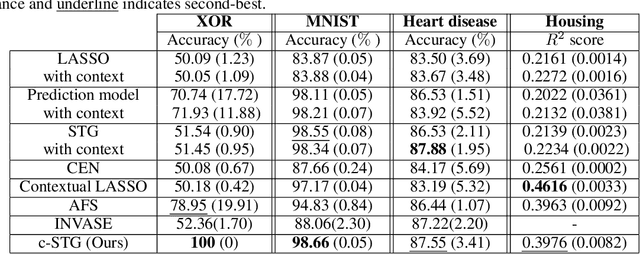

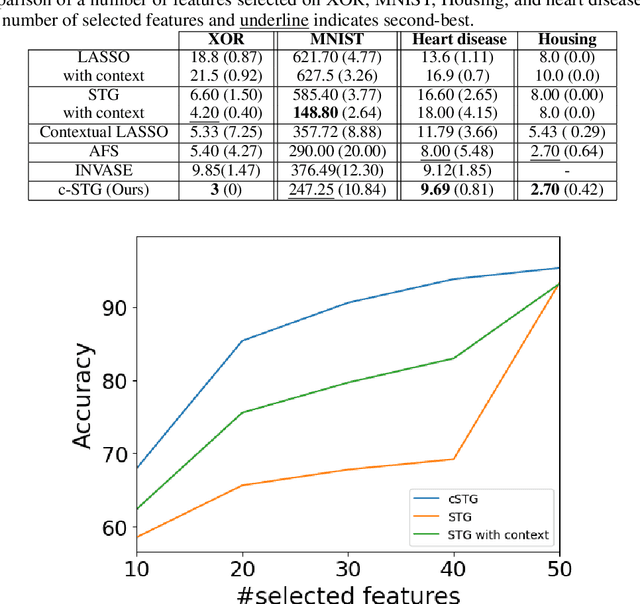
Abstract:We study the problem of contextual feature selection, where the goal is to learn a predictive function while identifying subsets of informative features conditioned on specific contexts. Towards this goal, we generalize the recently proposed stochastic gates (STG) Yamada et al. [2020] by modeling the probabilistic gates as conditional Bernoulli variables whose parameters are predicted based on the contextual variables. Our new scheme, termed conditional-STG (c-STG), comprises two networks: a hypernetwork that establishes the mapping between contextual variables and probabilistic feature selection parameters and a prediction network that maps the selected feature to the response variable. Training the two networks simultaneously ensures the comprehensive incorporation of context and feature selection within a unified model. We provide a theoretical analysis to examine several properties of the proposed framework. Importantly, our model leads to improved flexibility and adaptability of feature selection and, therefore, can better capture the nuances and variations in the data. We apply c-STG to simulated and real-world datasets, including healthcare, housing, and neuroscience, and demonstrate that it effectively selects contextually meaningful features, thereby enhancing predictive performance and interpretability.
Hierarchical Coupled Geometry Analysis for Neuronal Structure and Activity Pattern Discovery
Nov 06, 2015
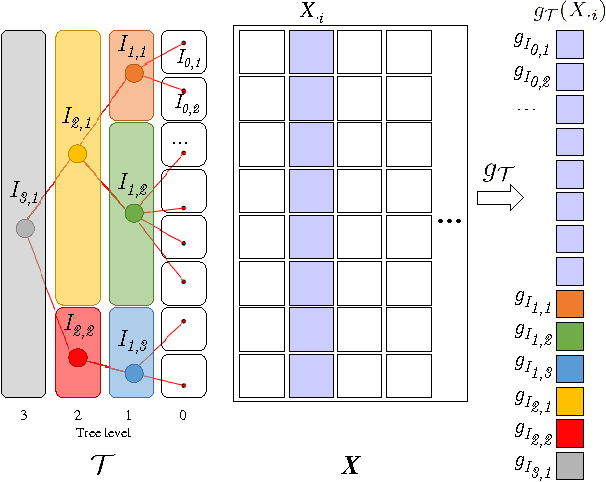
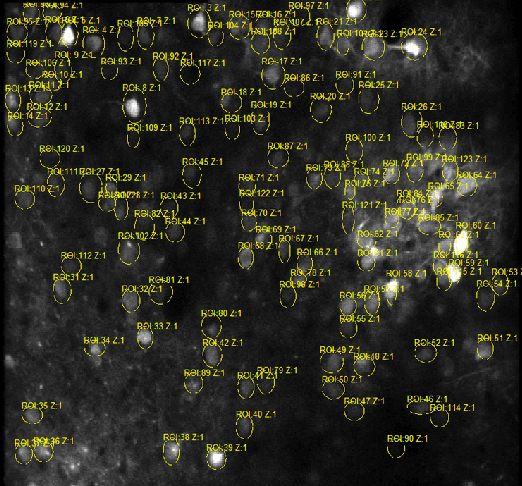
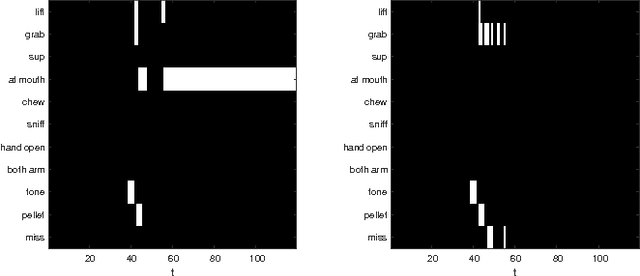
Abstract:In the wake of recent advances in experimental methods in neuroscience, the ability to record in-vivo neuronal activity from awake animals has become feasible. The availability of such rich and detailed physiological measurements calls for the development of advanced data analysis tools, as commonly used techniques do not suffice to capture the spatio-temporal network complexity. In this paper, we propose a new hierarchical coupled geometry analysis, which exploits the hidden connectivity structures between neurons and the dynamic patterns at multiple time-scales. Our approach gives rise to the joint organization of neurons and dynamic patterns in data-driven hierarchical data structures. These structures provide local to global data representations, from local partitioning of the data in flexible trees through a new multiscale metric to a global manifold embedding. The application of our techniques to in-vivo neuronal recordings demonstrate the capability of extracting neuronal activity patterns and identifying temporal trends, associated with particular behavioral events and manipulations introduced in the experiments.
 Add to Chrome
Add to Chrome Add to Firefox
Add to Firefox Add to Edge
Add to Edge